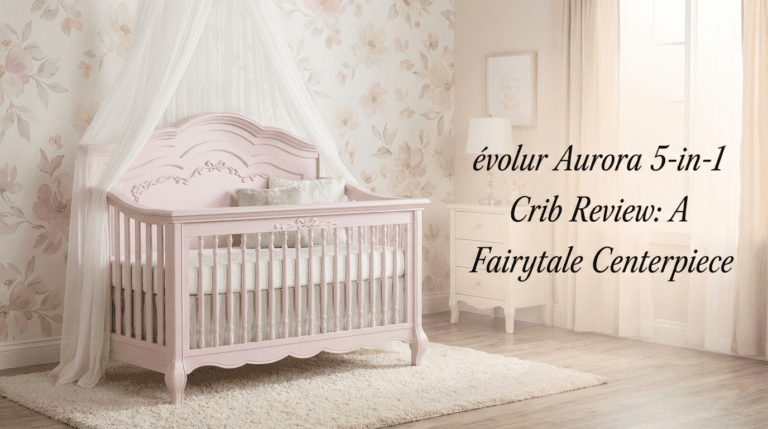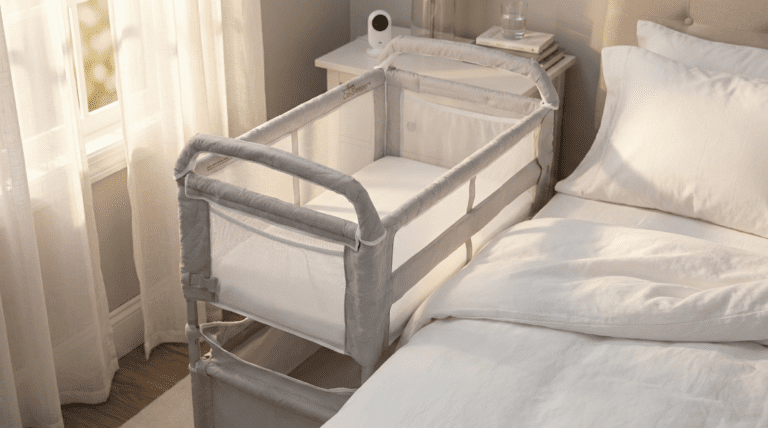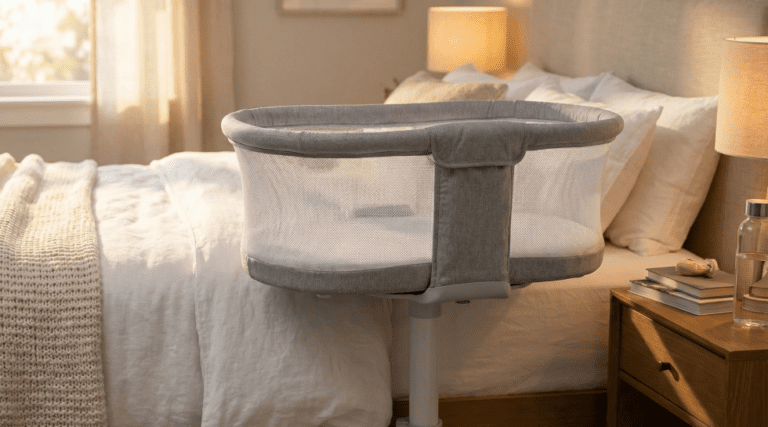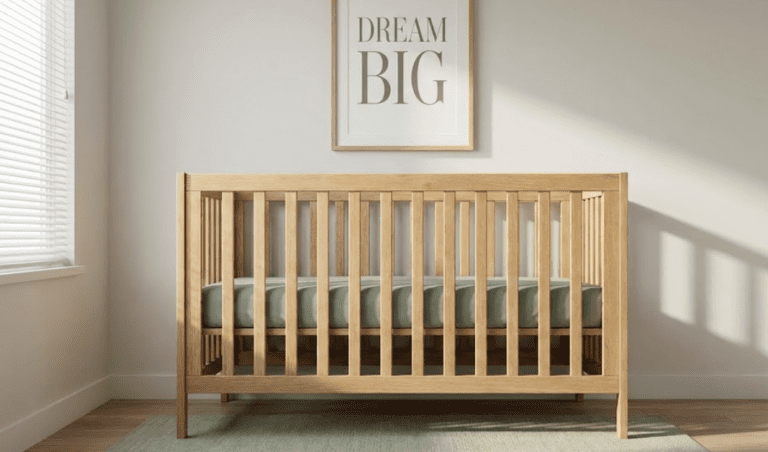Motherhood, One Nap at a Time
Welcome to your digital village, where I share honest encouragement, researched baby tips, and the simple things that make the newborn days feel a little less overwhelming. Grab a cup of coffee (reheated is fine) and settle in—you’re doing a great job, mama.
Latest travel tips
Discover quick, practical insights to make every trip smoother, more fun, and a little more effortless. Whether you’re planning a weekend getaway or a long escape, these tips will help you travel smarter and enjoy the journey.
All travel tipsThe Lifestyle Starter Bundle
Get my free Lifestyle Starter Bundle and jump into a curated mix of easy routines, home tips, wellness ideas, and gentle inspiration.
Grab the guide now!What’s trending
 Bassinet
Bassinet
Baby Delight Beside Me Dreamer Review: A Safe Halo Alternative in 2026?
Can you get peace of mind without the premium price tag? We put the Baby Delight Beside Me Dreamer to the test. Discover if this safe, mesh-walled sleeper is the “smart middle ground” for your nursery—and your wallet.
 Crib
Crib
The 10 Best Non-Toxic & Greenguard Gold Certified Cribs for Eco-Conscious Moms (2026)
 Crib
Crib
évolur Aurora 5-in-1 Crib Review: A Fairytale Centerpiece or Just Hype? (2026)
 Crib
Crib
Davinci Marley 3-in-1 Crib Review: A Modern Must-Have or Just Hype?
 Crib
Crib









